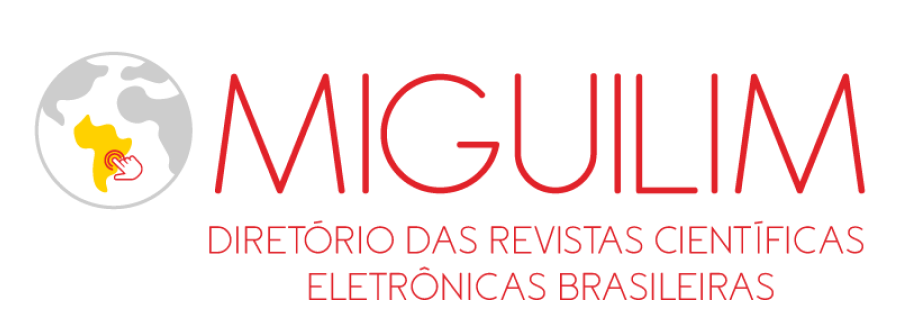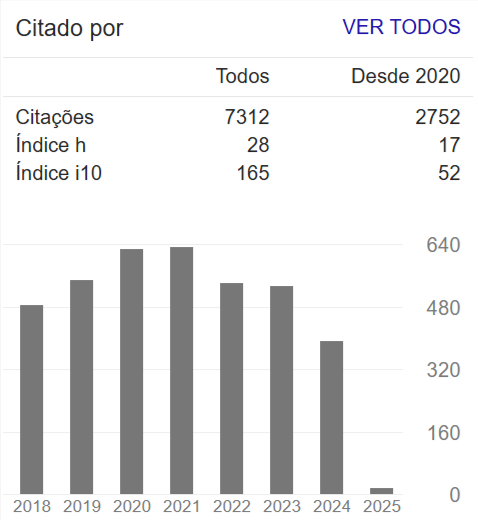WATERSHED CHARACTERIZATION FOR PLANNING BETTER AGRICULTURAL PRACTICES AND ENVIRONMENTAL MANAGEMENT
Resumo
The overall project goal was to identify headwater streams in the Córrego Rico watershed, so that areas could be selected for implementing agricultural conservation practices that minimize impacts of production on groundwater and superficial water. This project’s objective was to compare stream systems created using a Geographic Information System (GIS) tool (ESRI ArcGIS®), a watershed modeling tool (ArcSWAT), and manual photo interpretation of the watershed. Buffering each stream system with the regulatory 30 m conservation zone resulted in total areas of 2671, 2871, and 3063 ha, for the ArcGIS, ArcSWAT, and photo interpretation methods, respectively. Thus, use of GIS tools should be used only when results are verified to prevent incorrect implementation of regulatory protection measures.

















